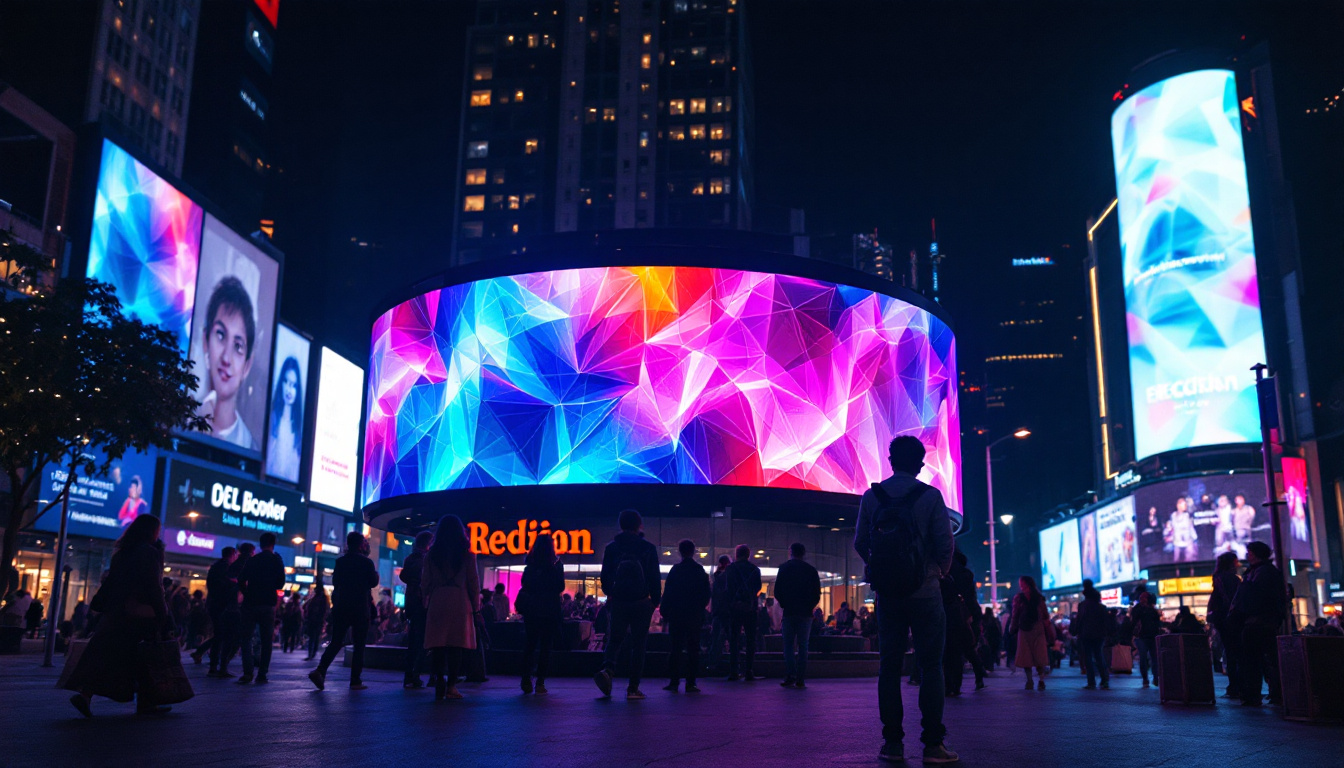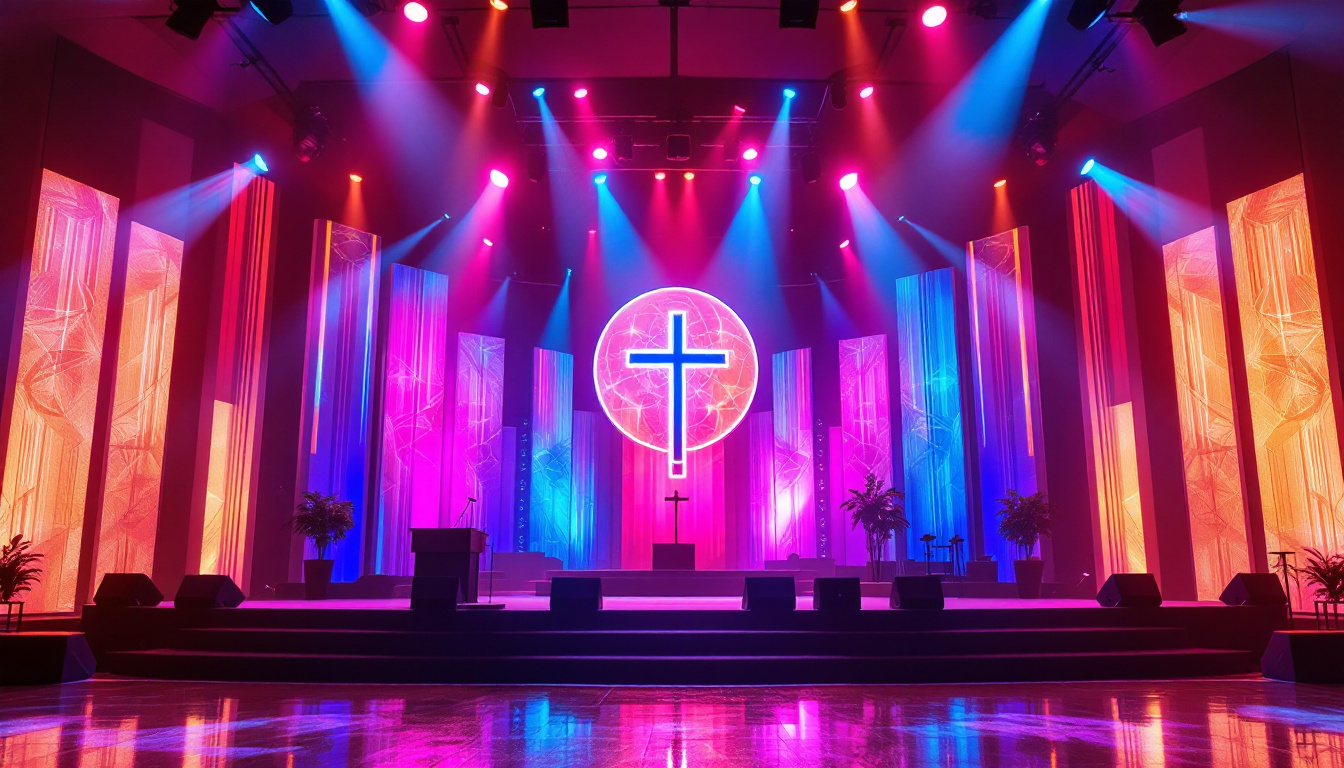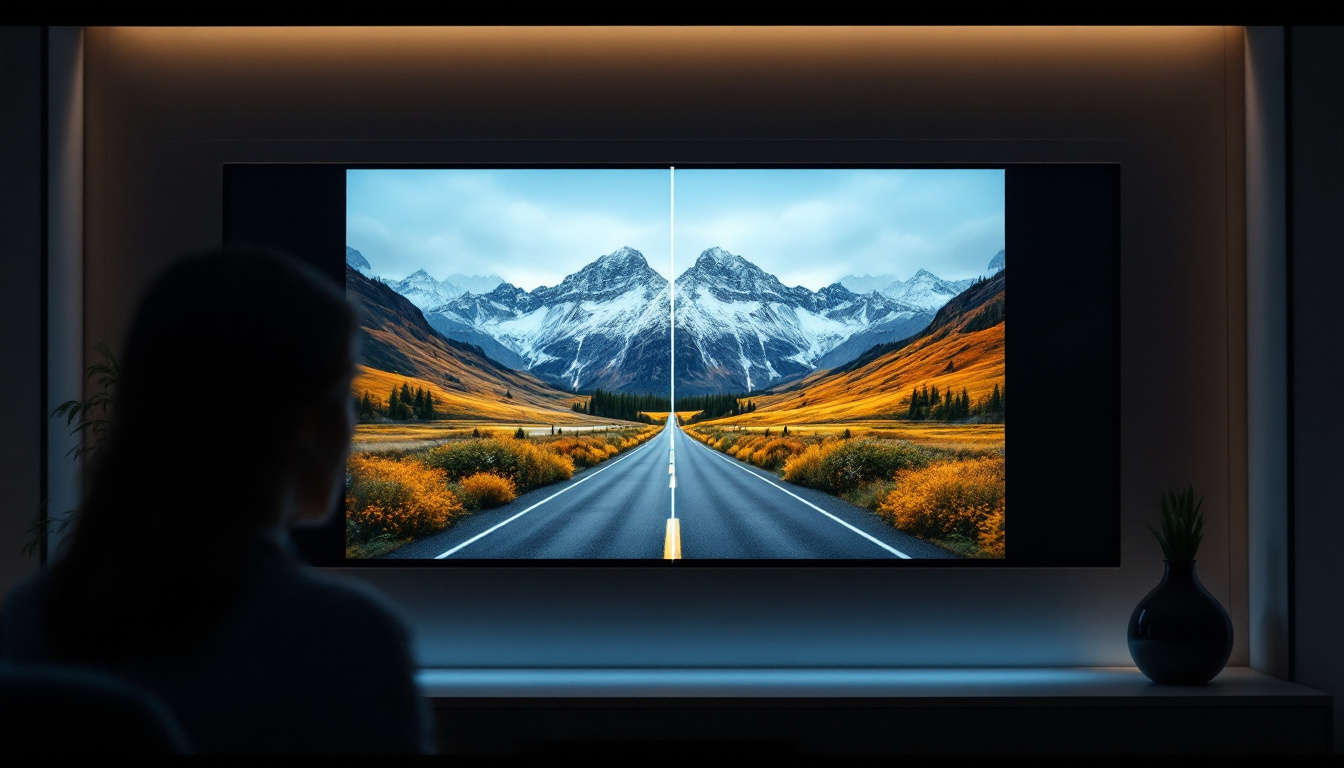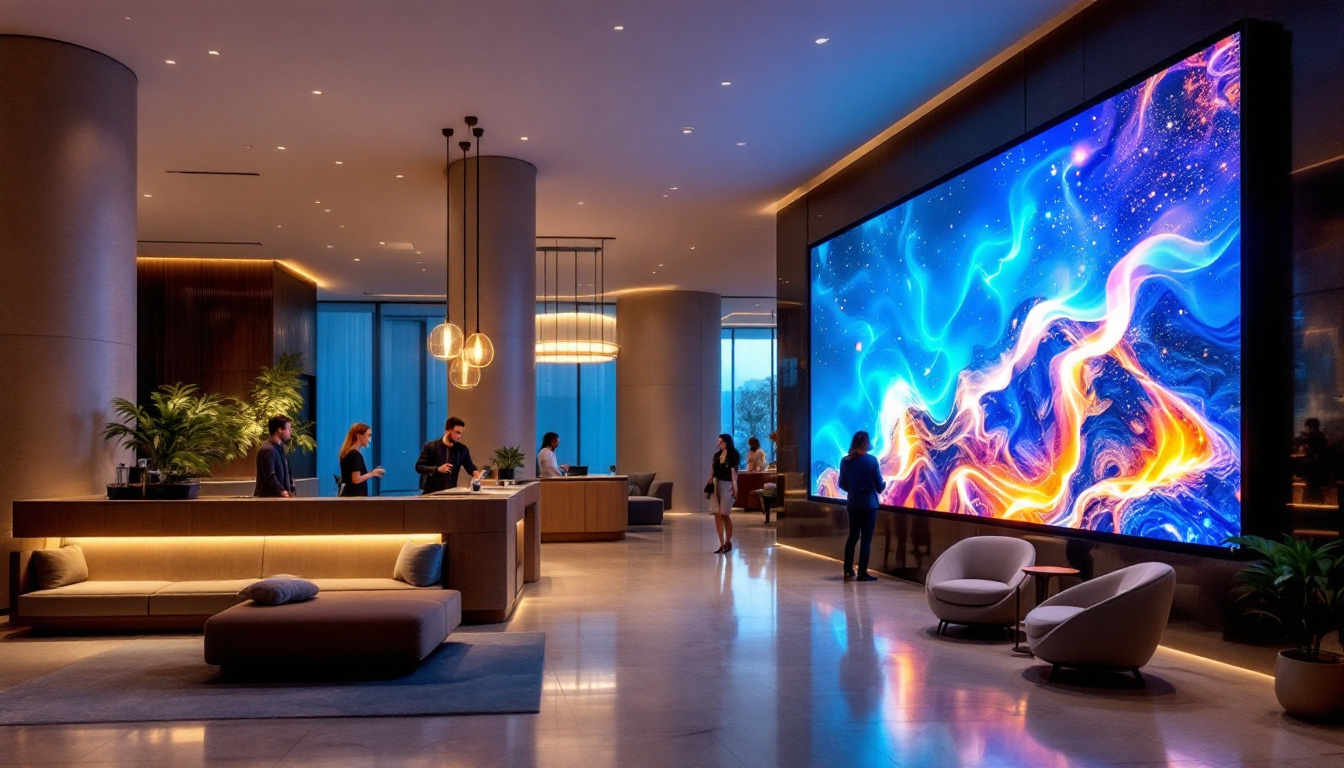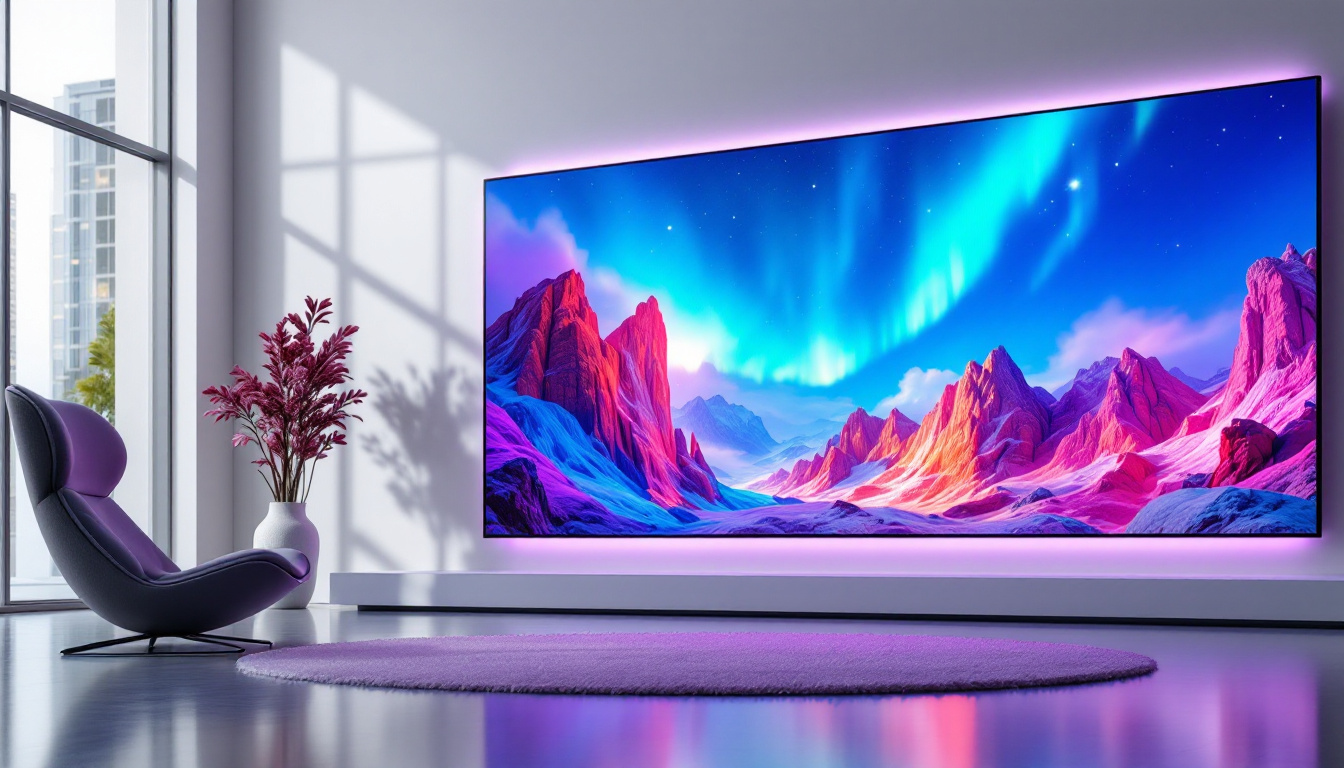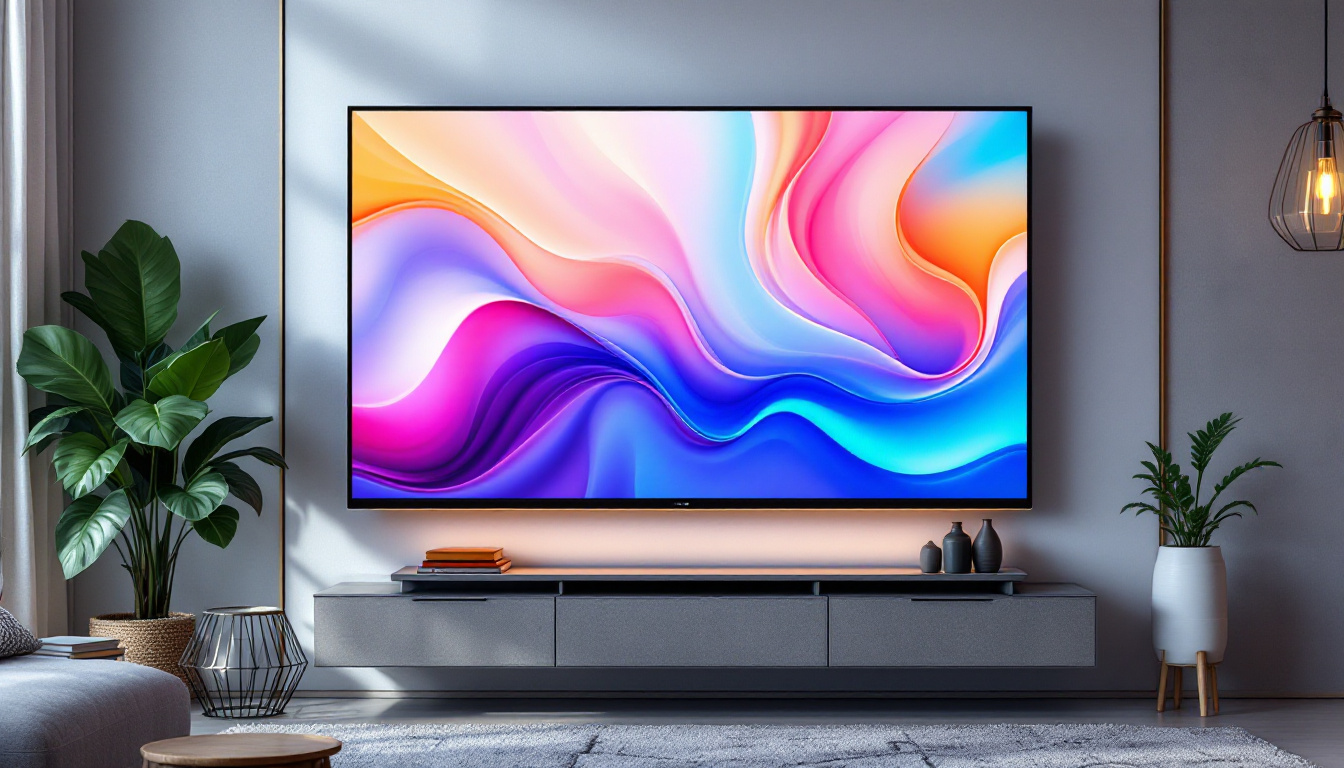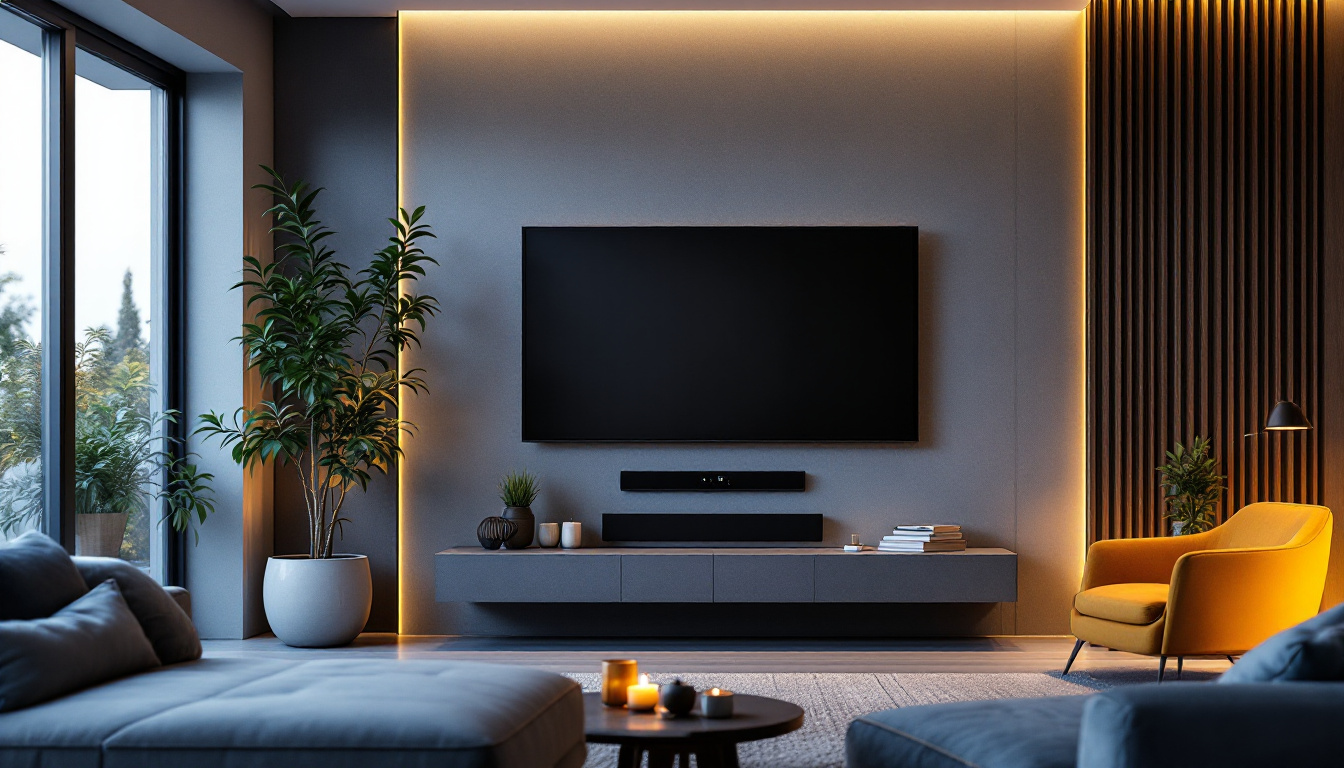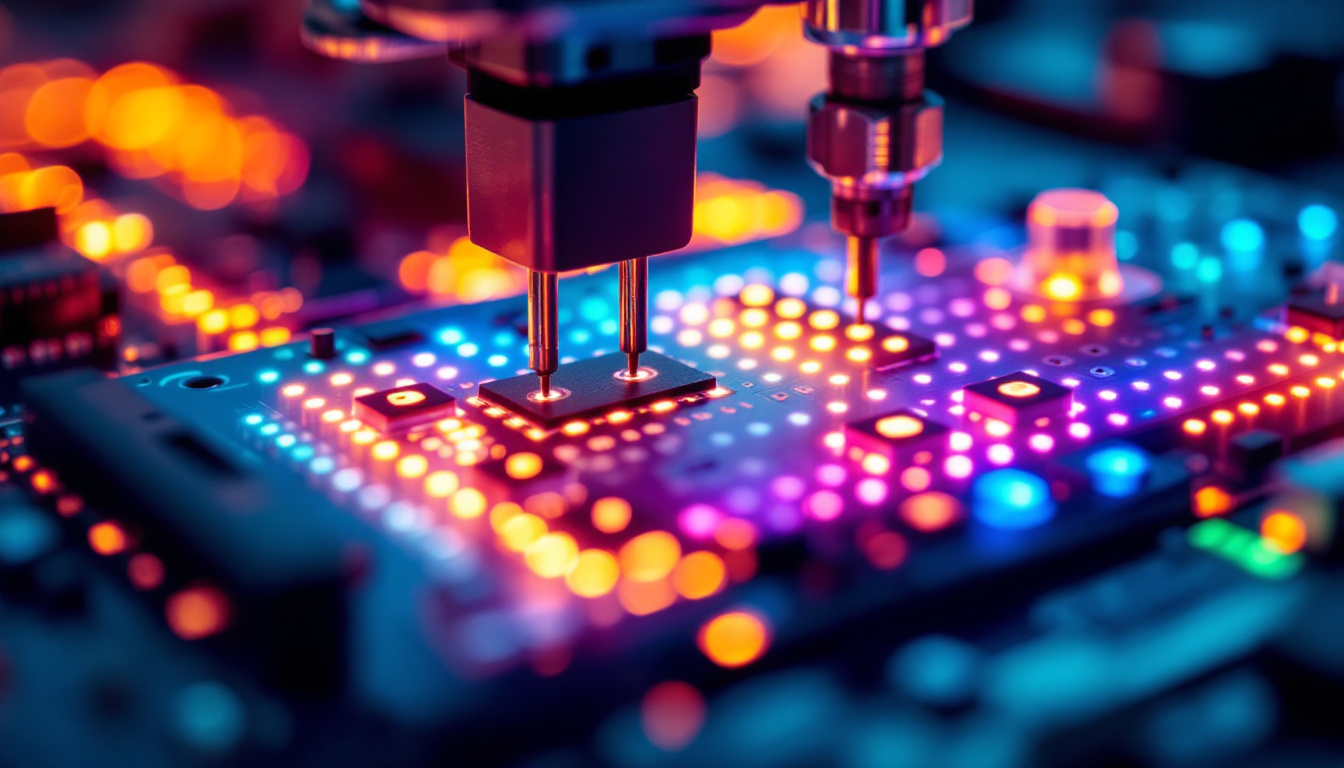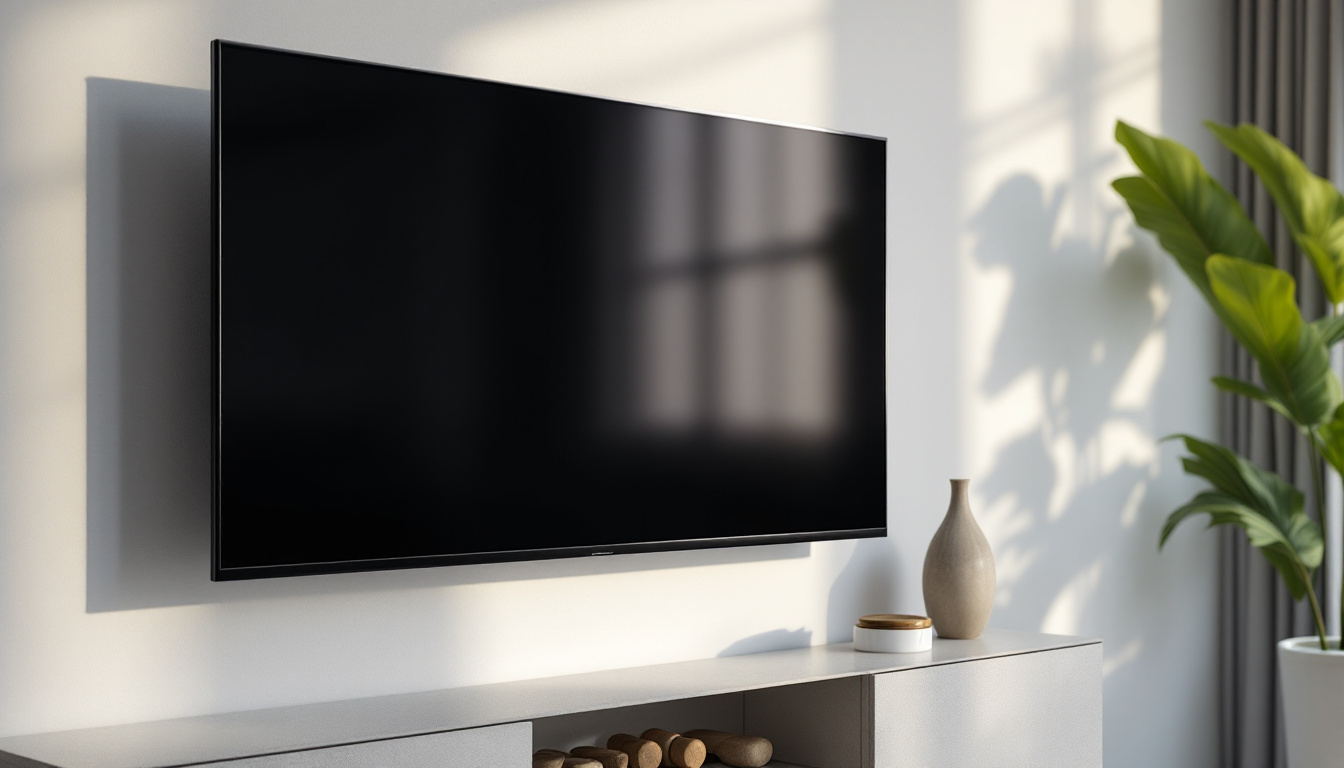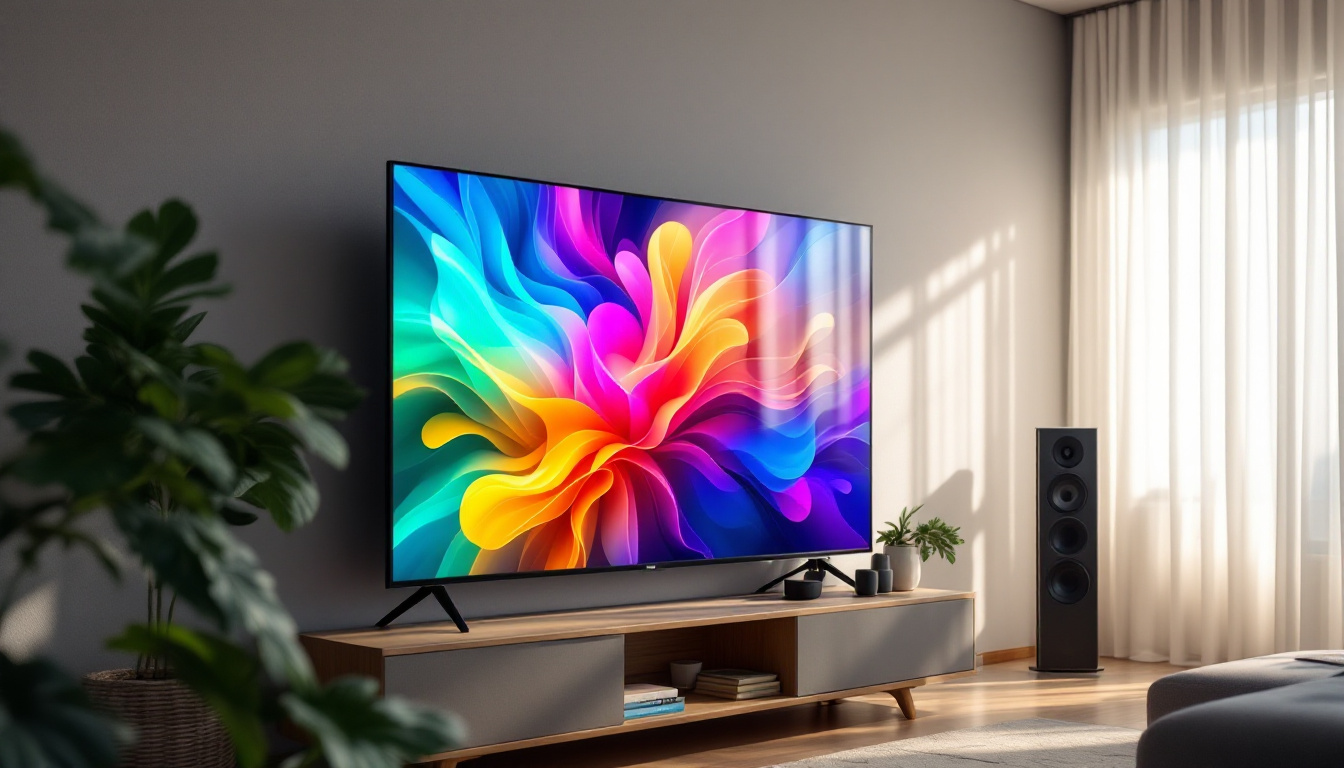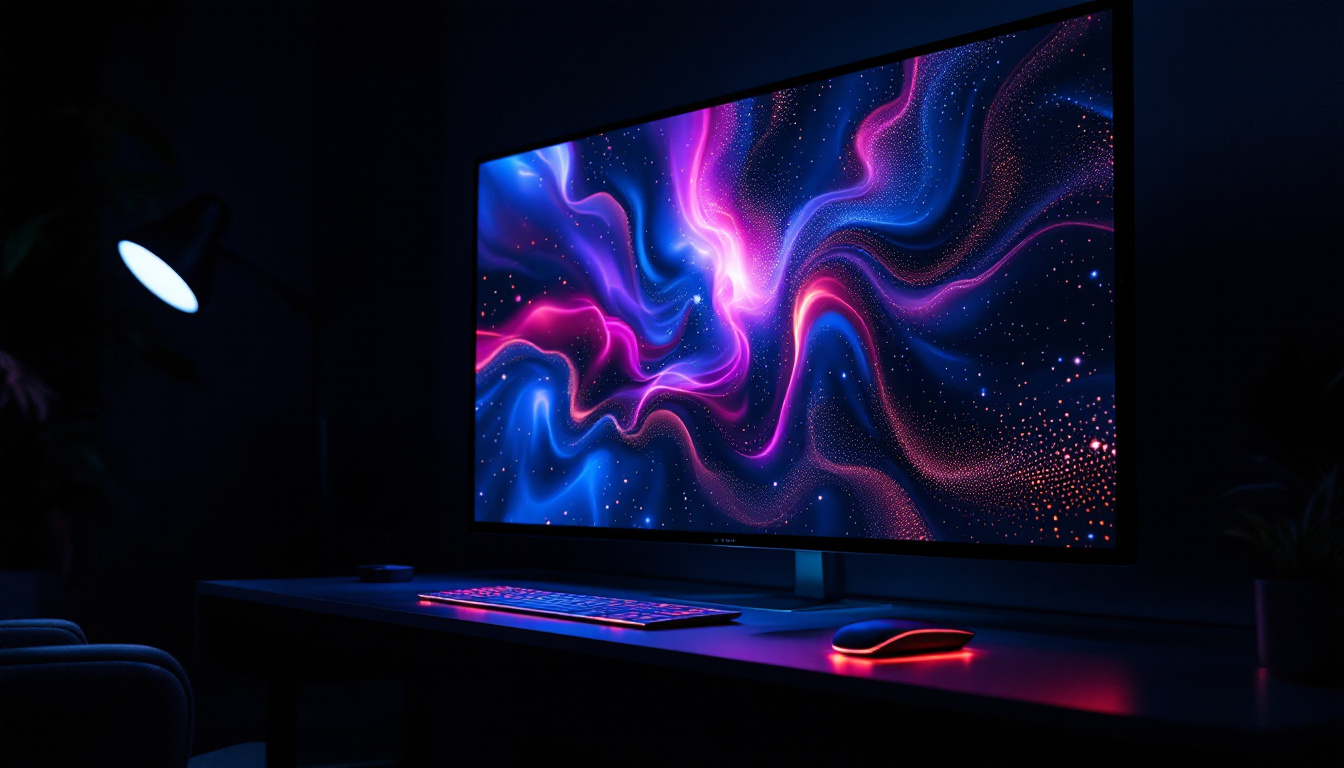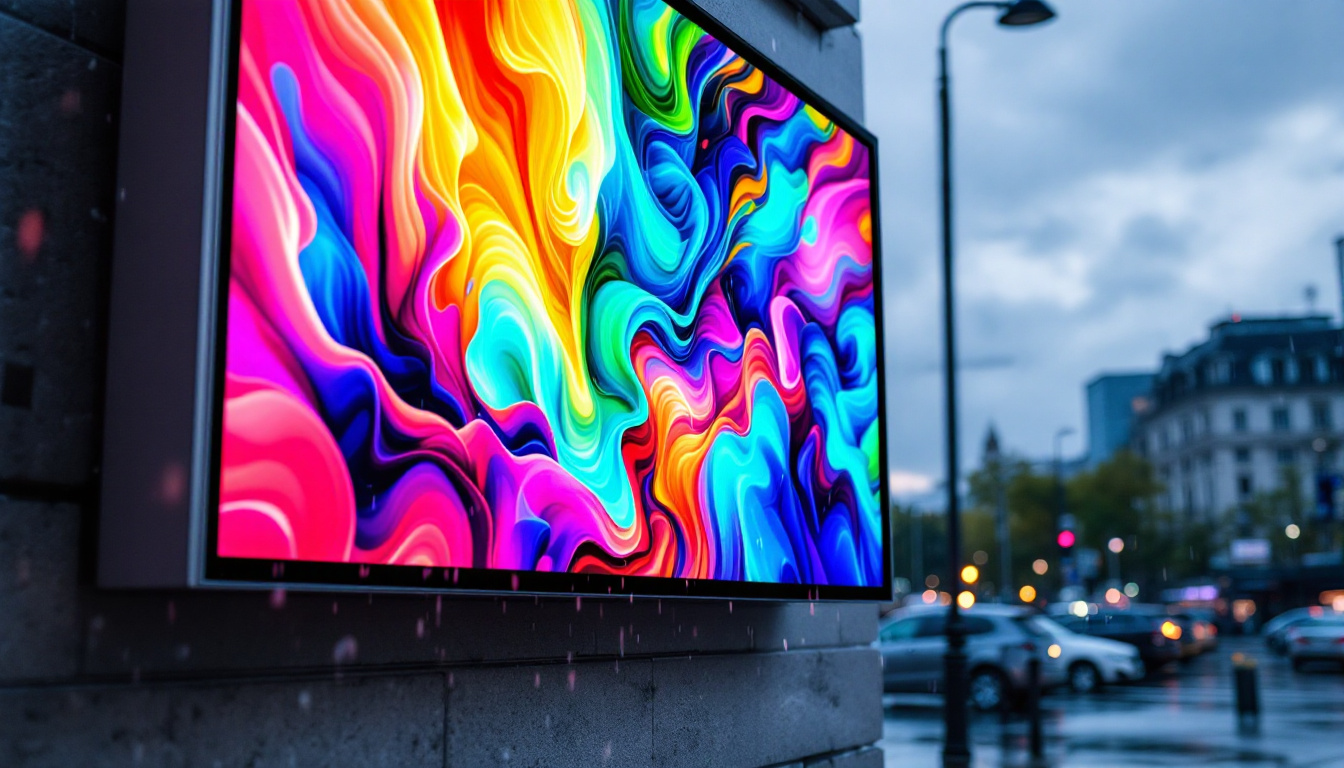In recent years, LED ceiling light panels have gained immense popularity in both residential and commercial spaces. Their energy efficiency, longevity, and sleek design make them an attractive lighting solution. However, as with any technology, there comes a time when replacement is necessary. This article delves into the intricacies of LED ceiling light panel replacement, providing insights into their functionality, benefits, and the process involved in replacing them.
Understanding LED Ceiling Light Panels
LED ceiling light panels are flat, slim fixtures that provide uniform light distribution in a space. They are designed to replace traditional fluorescent ceiling lights, offering a modern aesthetic while consuming significantly less energy. These panels are typically available in various sizes and color temperatures, allowing for customization based on the specific needs of a room.
How LED Panels Work
At the core of LED ceiling light panels are light-emitting diodes (LEDs), which are semiconductor devices that emit light when an electric current passes through them. Unlike incandescent bulbs that produce light by heating a filament, LEDs convert electrical energy directly into light, making them far more efficient. This efficiency translates into lower energy bills and a reduced carbon footprint.
LED panels also feature a diffuser that helps to spread the light evenly across the surface, minimizing harsh shadows and providing a comfortable ambiance. This design is particularly beneficial in spaces where consistent lighting is crucial, such as offices, schools, and hospitals. Moreover, many LED panels are designed with advanced thermal management systems that help dissipate heat, further enhancing their lifespan and performance. This means that not only do they provide excellent illumination, but they also maintain their brightness and color consistency over time, ensuring that spaces remain well-lit and inviting.
Benefits of LED Ceiling Light Panels
The advantages of LED ceiling light panels extend beyond their energy efficiency. One of the most notable benefits is their long lifespan, often lasting up to 50,000 hours or more. This longevity reduces the frequency of replacements, ultimately saving money in the long run.
Additionally, LED panels are available in various color temperatures, ranging from warm white to cool daylight. This versatility allows users to create the desired atmosphere in any room, whether it’s a cozy living area or a bright workspace. Furthermore, LED technology is free from harmful substances like mercury, making it a safer choice for both users and the environment. The low heat emission of LED panels also contributes to a more comfortable indoor climate, as they do not contribute to overheating in enclosed spaces. This is particularly advantageous in areas with limited ventilation, where traditional lighting solutions might exacerbate heat issues. With their sleek design and energy-saving capabilities, LED ceiling light panels are becoming an increasingly popular choice for both residential and commercial applications, reflecting a growing trend towards sustainable and efficient lighting solutions.
When to Replace LED Ceiling Light Panels
Although LED ceiling light panels are designed for longevity, there are several indicators that suggest it may be time for a replacement. Understanding these signs can help maintain optimal lighting conditions in a space.
Signs of Diminished Performance
One of the most common signs that an LED ceiling light panel needs replacement is diminished brightness. Over time, LEDs can lose their luminescence, resulting in a noticeable decrease in light output. If a panel appears dimmer than usual, it may be time to consider a replacement.
Another indicator is flickering or inconsistent lighting. If the panel flickers or fails to turn on consistently, it may be a sign of electrical issues or component failure. In such cases, replacing the panel can restore reliable lighting.
Physical Damage and Aesthetic Considerations
Physical damage is also a clear sign that replacement is necessary. Cracks, chips, or discoloration on the panel can not only affect performance but also detract from the overall aesthetic of a room. Replacing damaged panels can enhance the visual appeal of a space, contributing to a more polished environment.
Moreover, as design trends evolve, older panels may not align with current aesthetic preferences. Upgrading to newer models can provide a fresh look and improved functionality, making it worthwhile to consider replacement even if the existing panels are still operational.
In addition to aesthetic considerations, the energy efficiency of LED panels can also change over time. Newer models often come equipped with advanced technology that enhances energy savings, providing brighter light while consuming less power. This can lead to lower electricity bills and a reduced carbon footprint, making the investment in new panels not only beneficial for your space but also for the environment.
Furthermore, the installation of smart lighting features in contemporary LED panels can significantly enhance usability. Many modern panels now offer compatibility with smart home systems, allowing users to control brightness, color temperature, and even set schedules via mobile apps. If your current panels lack these features, it may be an opportune moment to upgrade and enjoy the convenience and versatility that smart lighting solutions provide.
The Replacement Process
Replacing LED ceiling light panels is a straightforward process, but it requires careful planning and execution to ensure safety and efficiency. Here are the essential steps involved in the replacement process.
Preparation and Safety Measures
Before beginning the replacement, it is crucial to turn off the power to the existing light panels at the circuit breaker. This step ensures safety during the installation process. Additionally, gathering the necessary tools, such as a screwdriver, wire cutters, and a voltage tester, can streamline the procedure.
Once safety measures are in place, it’s advisable to have a helper assist with the replacement. This can make handling larger panels easier and safer, reducing the risk of accidents.
Removing the Old Panel
To remove the old LED ceiling light panel, start by gently prying it away from the mounting frame. Depending on the installation, the panel may be held in place with clips or screws. Carefully detach these fasteners and lower the panel to avoid damaging the surrounding ceiling.
After removing the panel, inspect the wiring connections. If the wiring appears frayed or damaged, it may be necessary to replace it before installing the new panel. Always ensure that the electrical connections are secure and meet safety standards.
Installing the New LED Panel
Once the old panel is removed, it’s time to install the new LED ceiling light panel. Begin by connecting the wiring according to the manufacturer’s instructions. Typically, this involves connecting the positive and negative wires from the panel to the corresponding wires in the ceiling fixture.
After securing the connections, gently position the new panel into the mounting frame. Ensure that it sits flush against the ceiling and is properly aligned. Finally, reattach any clips or screws to secure the panel in place.
Choosing the Right LED Ceiling Light Panel
When considering a replacement, selecting the right LED ceiling light panel is crucial for achieving the desired lighting effect and energy efficiency. Various factors should be taken into account to ensure the best choice.
Size and Shape
LED ceiling light panels come in various sizes and shapes, including square, rectangular, and round options. The size chosen should correspond to the dimensions of the space and the existing mounting framework. A well-sized panel will provide optimal light coverage without overwhelming the room.
Additionally, consider the shape of the panel in relation to the room’s design. For instance, a square panel may complement a modern aesthetic, while a round panel could enhance a more traditional look.
Color Temperature and Brightness
Color temperature is another critical factor when selecting LED ceiling light panels. Measured in Kelvin (K), color temperatures can range from warm white (around 2700K) to cool daylight (over 5000K). Choosing the right color temperature can significantly impact the ambiance of a room.
For living areas, a warm white light can create a cozy atmosphere, while cooler temperatures are ideal for workspaces that require focus and clarity. Additionally, consider the brightness level, measured in lumens, to ensure the panel provides adequate illumination for the intended use.
Maintenance and Care for LED Ceiling Light Panels
Maintaining LED ceiling light panels is essential for ensuring their longevity and optimal performance. While these fixtures require less maintenance than traditional lighting options, some care practices can enhance their lifespan.
Regular Cleaning
Dust and dirt can accumulate on the surface of LED panels, diminishing their brightness and overall effectiveness. Regular cleaning with a soft, damp cloth can help maintain clarity and ensure maximum light output. Avoid using harsh chemicals or abrasive materials, as these can damage the panel’s surface.
It’s also advisable to periodically check for any signs of wear or damage. Early detection of issues can prevent more significant problems down the line and extend the lifespan of the panels.
Monitoring Performance
Keeping an eye on the performance of LED ceiling light panels can help identify any potential issues before they become serious. If a panel begins to flicker or show signs of reduced brightness, it may be time to investigate further or consider replacement.
Additionally, maintaining a consistent power supply can prevent electrical issues that may affect the performance of the panels. Using surge protectors can safeguard against voltage spikes, ensuring the longevity of LED fixtures.
Conclusion
LED ceiling light panels represent a significant advancement in lighting technology, offering energy efficiency, longevity, and aesthetic appeal. Understanding when and how to replace these fixtures is crucial for maintaining optimal lighting conditions in any space. By recognizing the signs of diminished performance, following the proper replacement process, and selecting the right panels, users can enjoy the full benefits of LED lighting.
Furthermore, regular maintenance and care can enhance the lifespan of LED ceiling light panels, ensuring they continue to provide reliable and efficient lighting for years to come. As technology continues to evolve, staying informed about the latest advancements in LED lighting will empower users to make the best choices for their lighting needs.
Explore Advanced LED Lighting Solutions with LumenMatrix
Ready to elevate your space with the latest in LED technology? LumenMatrix is at the forefront of LED display innovation, offering a wide range of solutions tailored to your unique needs. From stunning Indoor LED Wall Displays to dynamic Outdoor LED Wall Displays, and from versatile Vehicle LED Displays to engaging LED Sports Displays, our products are designed to transform your visual communication. Discover how our LED Poster Displays, Floor LED Displays, Custom LED Displays, All-in-One LED Displays, and LED Transparent Displays can create unforgettable experiences and bring your vision to life. Check out LumenMatrix LED Display Solutions today and step into the future of lighting and visual engagement.


